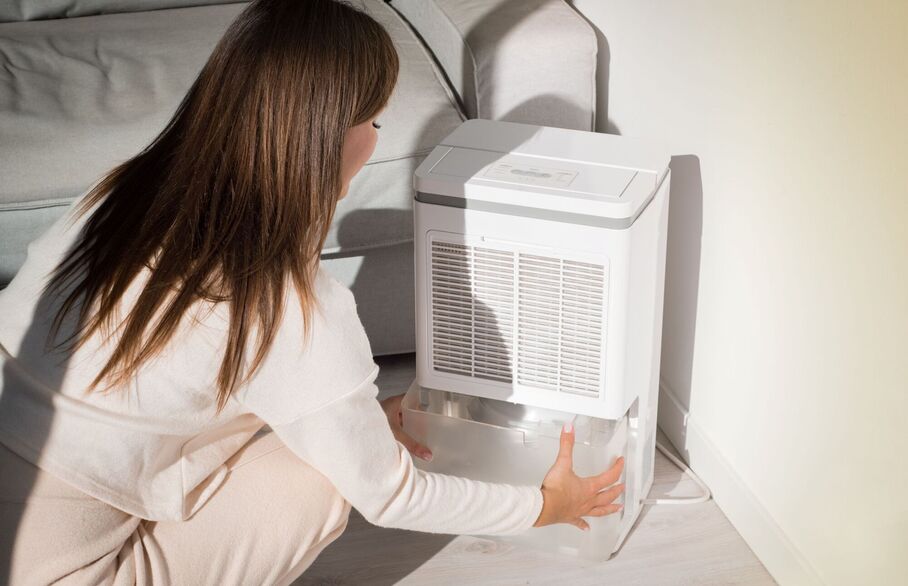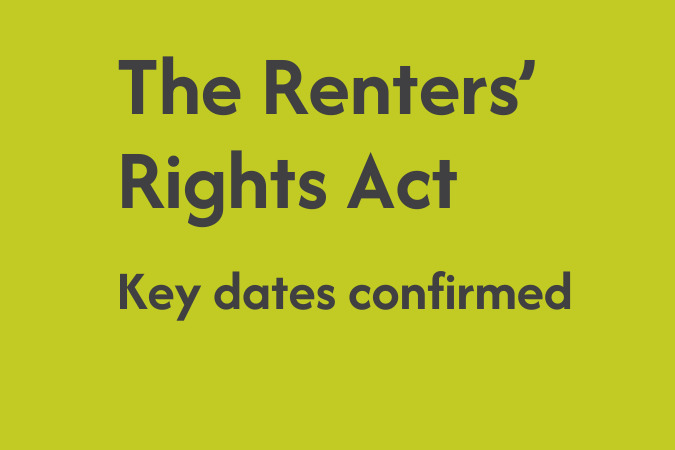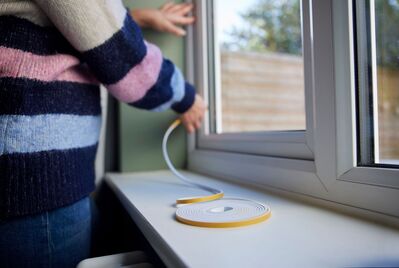Awaab’s Law explained: what landlords need to know

The introduction of Awaab’s Law in the social rented sector marks a significant moment for housing standards. This law mandates strict, fixed timelines for social landlords to tackle serious hazards, particularly damp and mould. While this legal framework is yet to apply to the private rented sector, it sets a new national benchmark for responsive property management that will be eventually apply to the private rented sector as well via the Renters' Rights Act.
In this article, we will break down Awaab’s Law, outline what the implications are for private landlords, and set out proactive steps landlords can take to future-proof their investment.
What is Awaab’s Law?
Awaab’s Law is enshrined in the Social Housing (Regulation) Act 2023. It was created in memory of two-year-old Awaab Ishak, who tragically died in 2020 due to prolonged exposure to mould in his social housing home. The law currently introduces clear accountability for social landlords through fixed deadlines, which are being implemented in phases.
Phase 1: Focus on damp, mould, and emergency hazards (effective October 2025)
The initial phase mandates stringent requirements for the social housing sector, focusing primarily on hazards that pose the most immediate risk to tenant health and safety. The core requirements for social landlords include:
Emergency hazards
Any potential emergency hazard, including severe damp and mould, must be investigated and relevant safety work undertaken (e.g., to make the property safe) within 24 hours of the landlord becoming aware of the issue.
Significant hazards
Potential significant hazards must be investigated within 10 working days.
Strict reporting
A written summary of the investigation findings must be provided to the tenant within 3 working days of the investigation concluding.
Timely repairs
If a significant hazard is confirmed, the landlord must undertake relevant safety work within 5 working days of the investigation concluding.
Prevention and mitigation
To prevent recurrence, supplementary preventative work must be started, or steps taken to begin it, within 5 working days. If physical work cannot start within this time, it must commence within a maximum of 12 weeks, and must be satisfactorily completed within a reasonable time period.
Clear communication
Tenant must be updated throughout the process and, crucially, secure suitable alternative accommodation (at the landlord’s expense) if the property cannot be made safe within the specified timeframes.
What happens after Phase 1 is implemented?
Following Phase 1, the regulations will expand over the next two years to include a wider range of hazards assessed under the Housing Health and Safety Rating System (HHSRS). Specifically:
In 2026, regulations will be extended to include the following hazards where they present a significant risk of harm:
- excess cold and excess heat
- falls associated with baths etc., on level surfaces, on stairs and between levels
- structural collapse, and explosions
- fire, and electrical hazards
- domestic and personal hygiene and food safety
In 2027, regulations will apply to all remaining HHSRS hazards (apart from overcrowding) where they present a significant risk of harm.
How will Awaab’s law impact the private rented sector (PRS)?
While Awaab's Law is currently restricted to social housing only, its introduction via the Renters’ Rights Act framework signals a clear intention to raise safety and responsiveness standards across all tenures, narrowing the legal distinction between the two sectors.
This highly publicised new standard will inevitably raise tenant expectations across the entire housing sector. Private renters may understandably confuse the new social housing deadlines with their own rights.
While Awaab's Law timelines do not yet legally apply to private landlords, the existing legal requirements under the Homes (Fitness for Human Habitation) Act 2018 still mandate properties must be safe and free from hazards like damp and mould. The absence of the Awaab’s Law timescales does not grant landlords immunity from action.
What happens next?
The government has confirmed its plan to extend Awaab’s Law to private lets via the Renters' Rights Act. While a clear timeline for its implementation is pending, all private landlords will have a statutory obligation to meet its requirements. This includes set timescales for dealing with hazards such as damp and mould once these are set out in forthcoming regulations.
What happens if landlords fail to comply?
If landlords fail to comply, tenants will be able to pursue a claim through the court for breach of contract, which can lead to orders for remedial work and/or compensation.
Tenants will also be able to complain directly to the proposed Private Rented Sector Landlord Ombudsman if they are not satisfied with their landlord’s response.
Are there any specific timescales for Awaab’s implementation in the private rented sector?
Regarding the specific timescales for the PRS the government has acknowledged the differences between the two sectors. It has committed to consulting carefully on how best to apply Awaab’s Law to the private sector in a way that is fair, proportionate, and effective for both tenants and landlords. Further details on the exact plans will be set out in due course.
What can private landlords do to prepare ahead of time?
As Awaab’s Law will eventually cover the PRS, the most robust strategy for any professional private landlord is to align internal processes with the spirit and clear discipline of the new social housing legislation. Here’s what landlords can do to get ahead:
1. Prioritise investigation
Under Awaab’s Law landlords’ first response should be to appoint contractors or surveyors with specific instructions to diagnose the underlying structural or maintenance issue being reported using a proactive
2. Meticulous documentation and audit trails
Habitually invest time in high-quality record-keeping with accurate audit trail for every complaint. This includes:
- All tenant communication.
- The date and time the hazard was first reported.
- Investigation reports and findings.
- Contractor assignments and timestamps for visits.
- Formal updates provided to the tenant.
3. Review and update contractor database
Landlords should regularly review their list of competent, reliable contractors across all operating postcodes to ensure they can meet a swift response time for both 24-hour investigations and initial repairs. Landlords’ supply chain must be robust enough to support these tight turnaround times moving forward.
4. Take preventative measures where possible
Mitigating risk ahead of time is the best defence. As properties are particularly vulnerable during colder seasons, landlords should winter-proof their properties ahead of time. This includes:
- Ensuring heating systems (boilers, radiators) are functional and recently serviced.
- Checking and clearing gutters and drainage to prevent water ingress.
- Addressing any known minor issues with insulation or ventilation before they escalate into significant hazards.
If you are not yet on our Fully Managed service, contact us today to arrange a consultation and ensure your properties and tenants are protected and your processes are aligned with the new regulatory standards.






